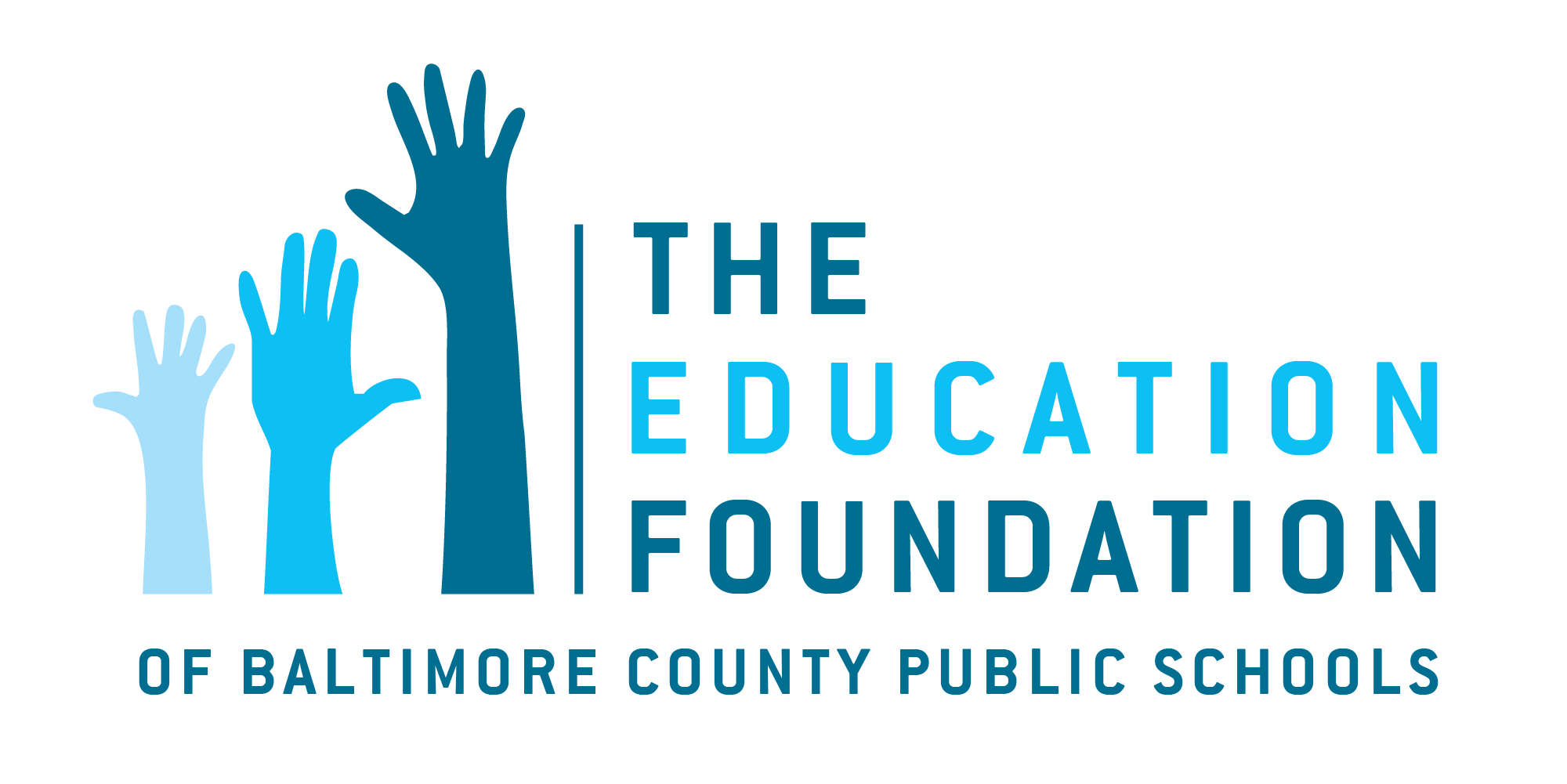Seven Schools Win the Team BCPS Clean Green 15 Litter Challenge
Hundreds of 15-Minute Litter Clean-ups Removed Tons of Litter
At an awards ceremony this afternoon at Dundalk Middle School, students and staff were thrilled to learn that their litter clean-up efforts in the community had netted them the grand prize, and a $4,000 environmental grant in the first year of the Team BCPS Clean Green 15 Litter Challenge. County Executive Kevin Kamenetz, BCPS Superintendent Dallas Dance and Education Foundation Director Debbie Phelps announced that seven Baltimore County public schools were winners in this campaign that resulted in more than 3,200 volunteers participating in more than 300 clean-ups around the County.
“We are delighted with the enthusiastic response from schools and communities all around the County, especially for our first year,” said Baltimore County Executive Kevin Kamenetz. “This kind of hands-on involvement helps students realize that they can take a stand against litter and directly help protect our communities and waterways.”
Through this program, BCPS schools and their community supporters conducted quick 15-minute litter clean-ups and competed this past spring to see which school communities could log the most clean-ups. Community groups could include school-based groups, places of worship, youth groups, civic or community groups, scout troops, sport teams, businesses or other organizations that wish to help clean up their community. Groups were asked to report their clean-ups on the BCPS website.
“The Clean Green 15 initiative has been a great way for Team BCPS to learn about the importance of a clean environment and to show the pride we take in beautifying our schools and communities,” said BCPS Superintendent Dr. S. Dallas Dance. “Congratulations to all the schools and students who participated in this worthy challenge, and thank you for doing so much to help make our schools and our county the best places in the nation in which to learn and live.”
Winning schools included:
| Award | Prize | School | # Clean-ups | # Volunteers |
| Grand Prize | $4,000 grant | Dundalk MS | 121 | 404 |
| 1st Place ES | $2,000 grant | Westowne ES | 26 | 316 |
| 2nd Place ES | STEM training | Chapel Hill ES | 23 | 126 |
| 1st Place MS | $2,000 grant | Holabird STEM MS | 48 | 338 |
| 2nd Place MS | STEM training | Ridgeley MS | 54 | 174 |
| 1st Place HS | $2,000 grant | Western School of Technology and Environmental Science | 3 | 414 |
| 2nd Place HS | STEM training | Woodlawn HS | 3 | 29 |
The Education Foundation of Baltimore County Public Schools awarded grants to the top winning schools to fund school-based instructional projects emphasizing the theme of environmental literacy. Examples could include installing a reading garden or rain garden, planting trees, diverting downspouts, or environmental education projects. Second place schools from each level were awarded a STEM Resource Enrichment Experience conducted by Hot Spots Extended Care Programs, Inc.
The challenge was a collaborative effort of Baltimore County Executive Kevin Kamenetz, Baltimore County Department of Environmental Protection and Sustainability (EPS), Baltimore County Public Schools and the Education Foundation of Baltimore County. Sponsors included Comcast, Hot Spots Extended Care Programs, Inc. and Maryland Environmental Service.
“What a great way for students and community members to get involved and make a real dent in keeping litter out of our neighborhoods and waterways,” said Baltimore County Council Chair Cathy Bevins.
The Litter Problem
The Baltimore County Department of Environmental Protection and Sustainability is in the process of developing a County-wide trash reduction strategy, which is due for submittal to the Maryland Department of the Environment by December 2014. The strategy focuses on litter in river, streams, and lakes in Baltimore County. All of the litter on Baltimore County streets and in neighborhoods moves downhill in the direction of drainage. Litter on the land eventually ends up in the water by means of wind and water runoff. Illegal dumping is another way that trash ends up on the banks of the County’s woodland streams. This trash piles up over time and becomes a threat to wildlife, damaging the aesthetic value of the County’s natural resources, and deterring recreation in these areas. The trash from County streams and rivers eventually adds to the pollution of the Chesapeake Bay.
EPS has developed a long-term trash monitoring program for the Jones Falls and the Gwynns Falls watersheds. In just these two areas alone, which account for only 55,000 of the approximately 383,000 acres in Baltimore County, they collected samples from 30 different sites last year. From just these 30 sampling sites, they collected 1,314 pounds of trash in 2013. Of that, 35 pounds were plastic bottles and 43.5 pounds were aluminum cans.
Facts about Litter:
-An aluminum can takes 200-500 years to decompose.
-A cigarette butt takes up to 10 years to decompose.
-A glass bottle takes 1 million years to decompose.
-Many sources have said for years that plastics are essentially indestructible, but more recent studies have shown that plastics do break down in sunlight and release toxic chemicals as they decompose.
-A national study found that the most commonly littered item is cigarette butts.
-Factors associated with litter tend to include the distance of the nearest trash receptacle, presence of existing litter, and age with younger people tending to litter more frequently.




